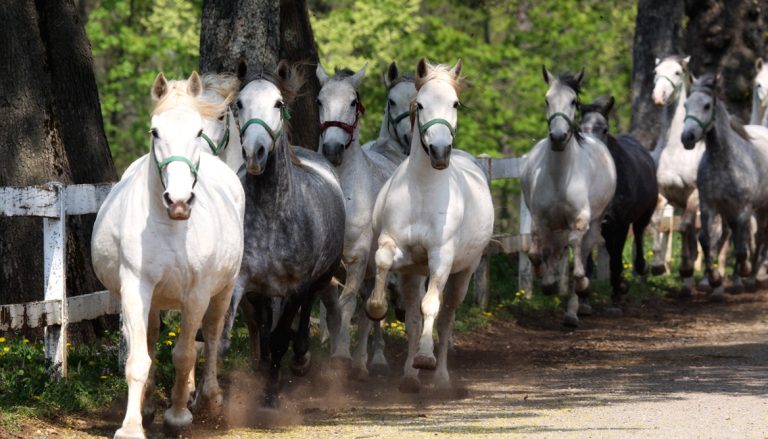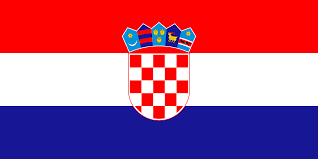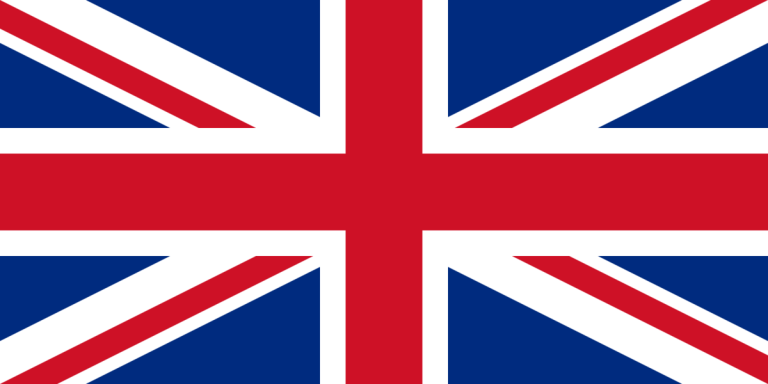Lipicanac



Lipicanac je pripadnik svjetski poznate pasmine konja koja je nastala 1580. godine u Lipici, na slovenskom kraškom području, u tadašnjoj Habsburškoj monarhiji. Visina grebena kod lipicanaca iznosi 154 cm, dok je težak oko 500 kg. Lijepe je glave te ima visoko nasađen vrat. Ima duga i malo ulegnuta leđa, sapi su ovalne duge i obrasle mišićima, noge su čvrste, s rijetkim pogreškama te mala kopita. Rep i griva imaju finu i bogatu dlaku. Atletske je građe. Poslušnog, povodljivog temperamenta i vrlo lako uči. Hod im je vrlo lijep sa visokom akcijom nogu. Veoma dobre opće osobine uz naglašenu ljepotu odredili su njegovu upotrebu: koristi se za škole jahanja i dresure, za vuču kočija u svečanim trenutcima, a također je i radni konj. Lipicanci se rađaju sa tamnom dlakom, ali gube ovu boju od šeste do osme godine zbog mutacije kromosoma pa su zbog toga bijeli. Lipicanci su izdržali nekoliko premještaja tijekom ratova kroz povijest, od kojih je svaki spasio vrstu od izumiranja. Prvi je bio u ožujku 1797. tijekom rata Prve Koalicije kada su konji evakuirani iz Lipice. Tijekom putovanja, 16 kobila se oždrijebilo. U studenom 1797. konji su se vratili u Lipicu, ali štale su bile uništene. Štale su se obnovile, no 1805. konji su ponovo evakuirani kada je Napoleon napao Austriju. Konji su ili zbrinuti na ergeli Đakovo. Izbivali su s ergele dvije godine, 1. travnja 1807 su se vratili, ali nakon Schonbrunnskog sporazuma 1809. konji su prebačeni još tri puta, što je rezultiralo gubitkom velikog broja konja i uništenju zapisnika o podrijetlu konja i dokumentiranih krvnih linija konja prije 1700. Konji su se napokon zauvijek vratili u Lipicu 1815. gdje su ostali do kraja 19. stoljeća. Tijekom rata u Hrvatskoj od 1991. do 1995. konji su ukradeni od strane Srba iz ergele Lipik i premješteni u Novi Sad. Konji su ostali ondje do 2007., kada su krenuli pozivi da se konji vrate u svoju matičnu zemlju. U listopadu 2007., 60 konja se vratilo u Hrvatsku.

Lipizzaner is a member of the world famous horse breed. The breed originated in 1580 in Lipica in the Slovenian karst area, in the then Habsburg monarchy. The height of the ridge in Lipizzaners is 154 cm, while it weighs about 500 kg. He has a beautiful head and a high neck. He has a long and slightly sunken back, the croup is oval long and overgrown with muscles, the legs are firm, with rare bugs, small hooves. The tail and mane have fine and rich hair. She is athletic. He has an obedient, pliable temperament and learns very easily. Gait very nice with high leg action. Very good general features with accentuated beauty have determined its use: It is used for high schools of riding and dressage, for pulling carriages in festive moments, and it is also a working horse. Lipizzaners are born with dark hair, but they lose this color from the age of six to eight due to chromosome mutations. This mutation causes melanin to be produced much faster and for the same reason the pigment supply is depleted quickly, so lipizzaners are therefore white. The Lipizzaners have endured several relocations during wars throughout history, each of which has saved the species from extinction. The first was in March 1797 during the First Coalition War when horses were evacuated from Lipica. During the trip, 16 mares were foaled. In November 1797 the horses returned to Lipica, but the stables were destroyed. The barns were rebuilt, but in 1805 the horses were evacuated again when Napoleon invaded Austria. The horses were either taken care of at the Đakovo stud farm. They were absent from the stable for two years, returning on April 1, 1807, but after the Schonbrunn Agreement of 1809 the horses were transferred three more times, resulting in the loss of large numbers of horses and the destruction of horses’ records and documented horse bloodlines before 1700. they finally returned to Lipica forever in 1815 where they remained until the end of the 19th century. During the Croatian War of Independence from 1991 to 1995, horses were stolen by Serbs from the Lipik stud farm and moved to Novi Sad. The horses remained there until 2007, when calls began for the horses to return to their home country. In October 2007, 60 horses returned to Croatia.